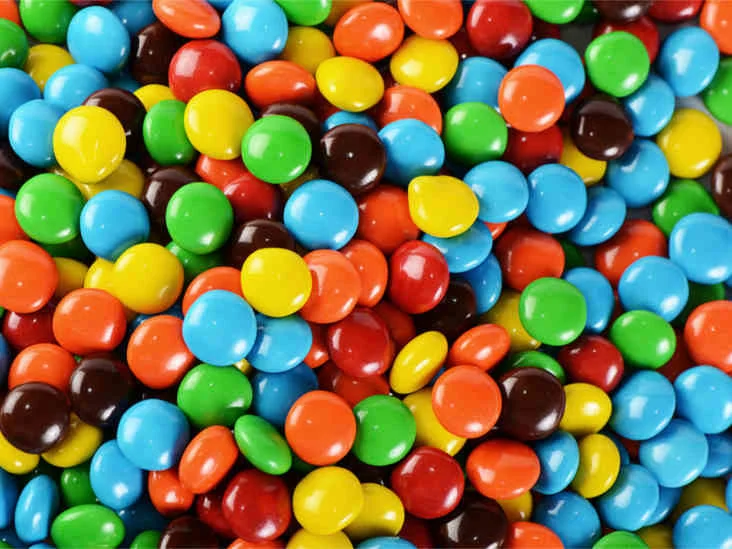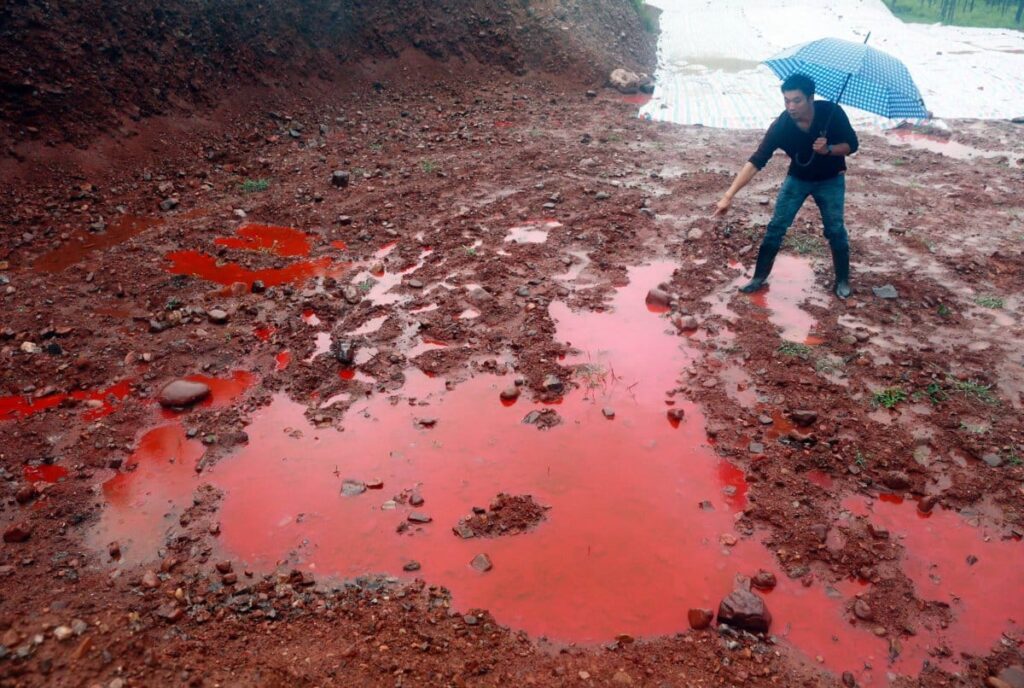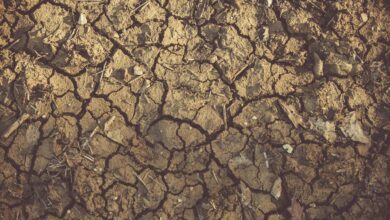Beyond the Colors: The Impacts of Artificial Coloring on Our Health and Planet

As kids, we grew up with vibrant foods and drinks, like colorful candies and cupcakes. These artificial dyes, though visually pleasing, can actually harm our health and the environment. Let’s delve into their negative impacts and alternative coloring options.
The History of Artificial Dyes

Artificial coloring is any substance that is added to food or drink to change its color. These colors are typically made from synthetic chemicals and are used to make food more visually appealing. Artificial coloring can be found in a variety of foods, including candy, baked goods, cereals, and drinks.
Artificial dyes have been used for centuries to color food and other goods. In the 19th century, synthetic dyes were developed, which were cheaper and more vibrant than natural dyes. These synthetic dyes quickly became popular and were used in a variety of industries, including the food industry. However, there were concerns about the safety of these dyes, and in the early 20th century, regulations were put in place to ensure their safety.
The Health Impact of Artificial Coloring

There is growing concern about the health impact of artificial coloring. Many studies have linked artificial dyes to hyperactivity in children, and some studies have suggested that these dyes may even be linked to cancer. In 2010, the FDA acknowledged that some children may be sensitive to certain artificial dyes and required manufacturers to include a warning label on products that contain these dyes.
There are many different artificial dyes used in food and drinks. Some of the most common include Red 40, Yellow 5, and Blue 1. Red 40 has been linked to hyperactivity in children and has also been found to cause tumors in mice. Yellow 5 has been linked to hyperactivity, allergies, and asthma. Blue 1 has been linked to cancer in mice.
The Environmental Impact of Artificial Coloring

Artificial coloring not only has a negative impact on our health but also on the environment. The production of these dyes requires large amounts of energy and produces a significant amount of waste. Additionally, the dyes can leach into the soil and water, causing pollution.
Regulations on Artificial Colorings
Regulations on artificial coloring vary by country. In the United States, the FDA regulates the use of artificial dyes in food and beverages. The FDA has approved the use of certain artificial dyes but requires manufacturers to meet certain safety standards. In the European Union, certain artificial dyes are banned, and others are required to carry warning labels.
Alternatives to Artificial Coloring
There are many alternatives to artificial coloring that are safer for our health and the environment. Natural food colorings, such as beet juice, turmeric, and spirulina, can be used to color food and drinks. Additionally, some companies are using technology to create natural colors that are as vibrant as synthetic dyes.
How to Identify Artificial Coloring in Foods

Identifying artificial coloring in food can be challenging. Manufacturers are not required to list the specific dyes used in their products, and many use generic terms like “color added.” However, some companies are starting to use natural food coloring, and these products are often labeled as such.
Making Better Choices for Our Health and the Planet
As consumers, we have the power to make better choices for our health and the planet. By choosing foods that are free from artificial coloring, we can reduce our exposure to these harmful dyes. Additionally, by supporting companies that use natural food coloring, we can encourage the food industry to move away from synthetic dyes.
Artificial coloring has become a ubiquitous part of our food system. However, the health and environmental impacts of these dyes cannot be ignored. By becoming more aware of the foods we eat and the dyes they contain, we can make better choices for our health and the planet. Let’s work together to create a food system that is safe for everyone.
Artificial Dyes FAQs
What is the meaning of artificial dye?
Artificial dye refers to a type of coloring agent that is synthesized in a laboratory or manufactured using chemical processes. It is used to impart color to various products, such as food, beverages, cosmetics, textiles, and more.
What are artificial dyes made of?
Artificial dyes are typically made from petroleum-based chemicals. These chemicals undergo various chemical reactions and processes to produce the desired color compounds. Common ingredients used in artificial dyes include coal tar, azo compounds, and synthetic chemicals like Red 40, Yellow 5, and Blue 1.
What are artificial dyes used for?
Artificial dyes are used for a wide range of purposes. In the food industry, they are used to enhance or restore the color of processed foods and beverages. They are also used in the production of textiles, cosmetics, medications, and industrial products where color plays a significant role in product appeal.
What is an example of artificial color?
One example of an artificial color is Red 40 (also known as Allura Red AC). It is a widely used synthetic dye that provides a vibrant red color and is commonly found in various food and beverage products, such as candies, sodas, and desserts.
What are artificial food coloring health risks?
Artificial food coloring has been associated with potential health risks. Some studies suggest a link between artificial food dyes and hyperactivity in children, allergic reactions, and even carcinogenicity in animal studies. However, more research is needed to establish definitive conclusions on the extent of these risks.
How to avoid artificial food dyes?
If you want to avoid artificial food dyes, you can follow these tips:
- Read ingredient labels: Look for products that use natural alternatives or are free from artificial food coloring.
- Choose whole foods: Opt for fresh fruits, vegetables, and unprocessed foods that naturally have vibrant colors.
- Cook from scratch: By preparing meals at home, you have better control over the ingredients used and can avoid artificial food coloring.
- Look for natural alternatives: Some companies offer natural food coloring made from plant sources like beets, turmeric, or spirulina.
- Seek organic options: Organic food products often have stricter regulations on artificial additives, including food coloring. Look for certified organic products.
Remember, consulting with a healthcare professional or a registered dietitian can provide personalized guidance on dietary choices and any potential concerns regarding artificial food dyes.




